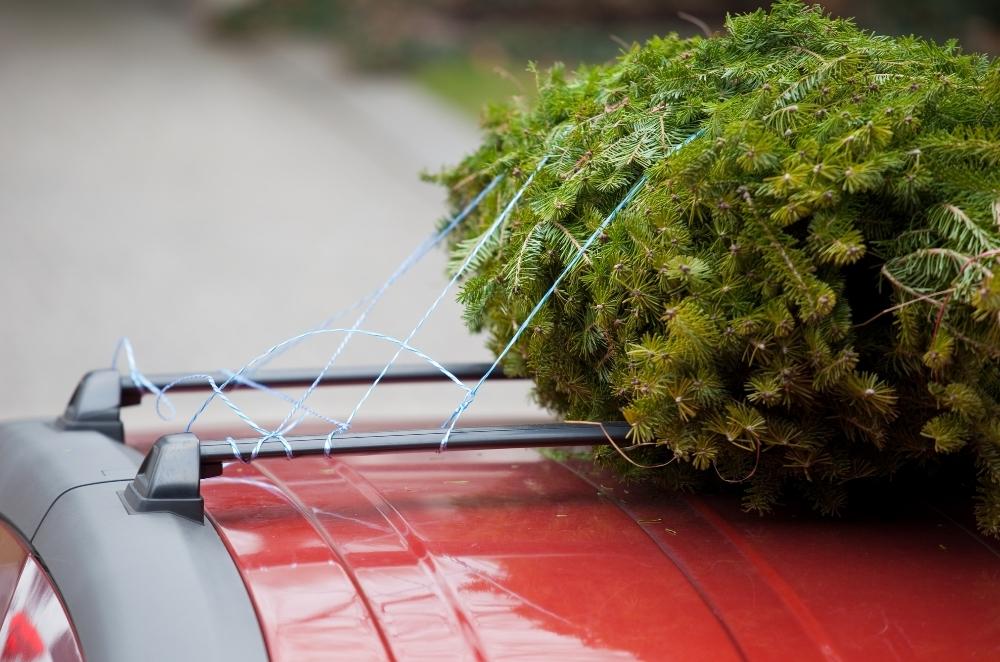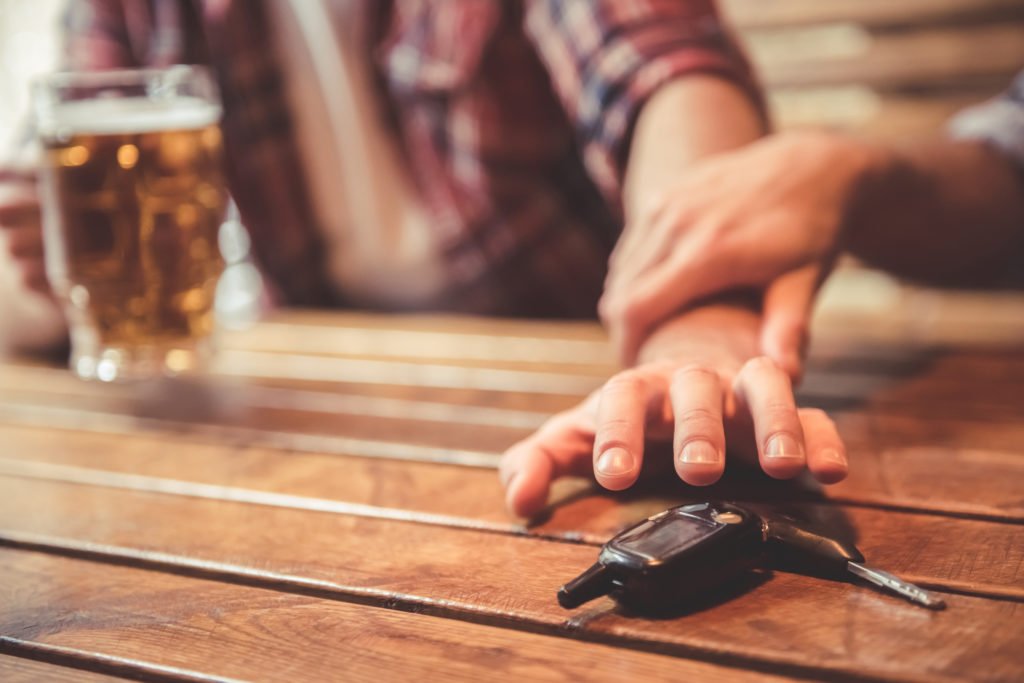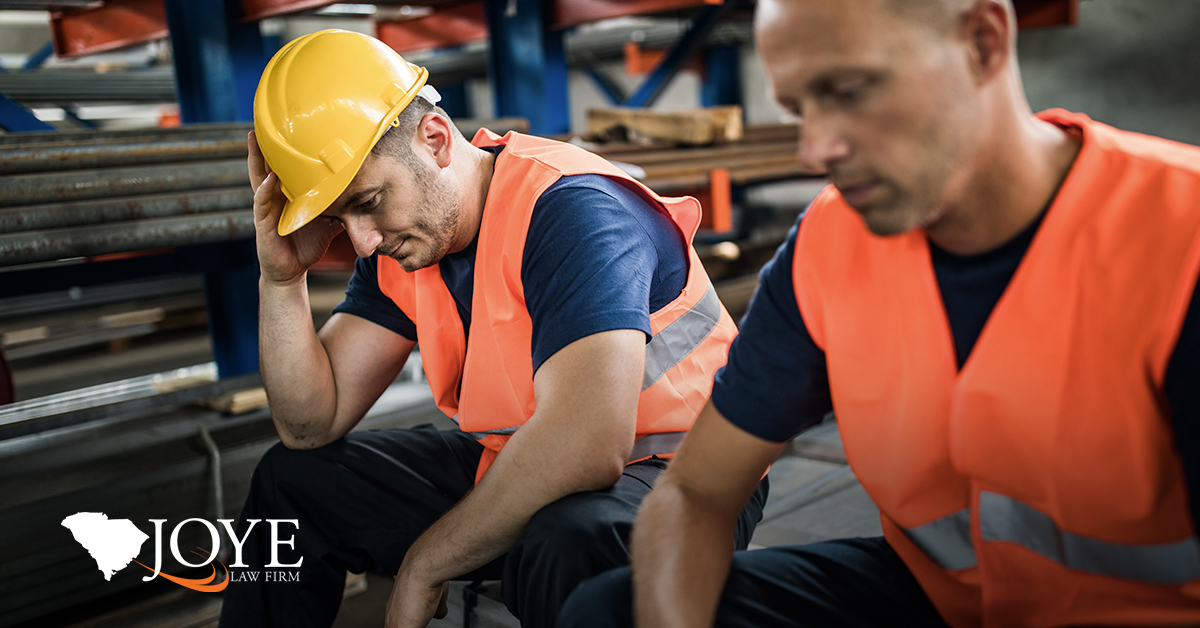
According to a AAA survey, 44% of Americans who plan to purchase a live Christmas tree will not secure it safely when transporting it home. This is despite 16% of respondents saying they’ve previously had their tree fall off their car in transit!
Road debris caused 200,000 crashes, 39,000 injuries, and 500 deaths in a four-year period, according to AAA. And roughly two-thirds of those crashes were caused by objects, like Christmas trees, falling off vehicles.
And when a Christmas tree causes a crash—either directly, by falling onto another vehicle or into the path of another vehicle; or indirectly, when a collision or crash occurs because a vehicle is braking or swerving to avoid a fallen Christmas tree—the driver of the vehicle the tree was improperly secured to can be held liable for any injuries and vehicle damage.
This is true for any cargo, not just Christmas trees. All U.S. states, including South Carolina, have laws penalizing drivers who don’t secure cargo to prevent it from shifting, falling, or leaking.
How to Load Your Tree
Only transport a tree on the roof if the vehicle is equipped with a roof rack.
If it does not have a roof rack, place it in the bed of a pickup truck, or inside an SUV or minivan in which the entire tree can fit with all doors closed—If the liftgate needs to be open, the tree is too large to transport safely inside the vehicle.
To avoid winding up with a tree that doesn’t fit, make sure to measure the interior of your vehicle before heading to the tree lot. When picking a tree, also consider how you will be getting the tree up onto the roof, and then back down again. Selecting a too large tree increases your risk of injuring yourself when lifting it.
If you don’t have access to a vehicle with a roof rack or cargo bed, or one which is large enough to carry the tree in the interior, you don’t have to give up on having a live tree, but you should have it delivered rather than attempt to transport it yourself. Tying a tree to the roof of your car when you don’t have a roof rack means it won’t be as secure, and it has a much higher chance of damaging your vehicle’s roof as well as damaging the seal of your vehicle’s windows and doors.
Wrap the tree in a blanket or tarp.
Most tree farms will offer to wrap your tree in netting to keep the branches tightly bundled, but wrapping it in an additional tarp will help protect the interior or paint of your vehicle from fallen needles, scratches, and sap.
If the tree is not bundled in netting, the tarp will be the only thing keeping the branches bound. The tarp makes the tree easier to handle, helps it to present less wind resistance when transported on the roof rack, and makes the tree less likely to injure passengers when transported in the interior.
Secure the tree.
This is important whether you are transporting it on the roof rack, in the bed of a pickup, or in the interior of a SUV or minivan.
When using the roof racks, point the tree so that the trunk of the tree faces the front of your vehicle. If the top of the tree is facing into the wind, it could lift the smaller and lighter top of the tree, shifting it or even blow it off the vehicle entirely. It can even damage the branches, so you end up with an unsightly tree by the time you make it home. The heavier trunk also makes a better anchor point.
Bring your own twine or rope. The lightweight twine offered by many tree lots may be insufficient. We recommend a strong nylon rope.
Using the fixed vehicle tie-down points, secure the tree at the bottom, just above the lowest branches, at the center, and at the top by looping your rope around the trunk.
When you have it secure, give it the “tug test.” Make sure the tree doesn’t shift from side to side, OR from front to back, or you’re risking it sliding down the front of your hood if you need to make a hard stop.
If the end of the tree extends past your bumper, you should tie a reflective flag to the end of the tree to alert other drivers.
If you are transporting your tree in the bed of a pickup, make sure that you know what parts of the bed may get hotter than others, such as near the exhaust pipe. This could damage the tree or pose a fire hazard.
If you are transporting the tree inside your vehicle, make sure you still have a clear view outside the rear window.
Drive cautiously.
Avoid highways and any streets with heavy traffic when possible. You will need to drive at a slower speed than usual, because high speeds can increase the airflow around the tree, potentially damaging it, or worse, tugging it loose.
Additionally, if you are not used to driving with cargo on the roof rack, you will need to be extra careful, because roof cargo often changes the handling of the vehicle. This increases your risk of losing control of the vehicle and crashing if you need to make a sharp turn or brake suddenly.
Make pitstops to check on the tree.
It may be a good idea, especially if you are making a long trip, to pull over at least once to check on the tree. You’ll want to make sure it hasn’t shifted in transit and that the ropes haven’t loosened.
If You’ve Been Injured in a Crash Caused by Road Debris, We’re Here for You
At Joye Law Firm, we know how nerve-racking it can be to drive behind a vehicle with cargo hanging out of an open trunk or extending far past the edges of the roof, knowing that if the driver didn’t secure it properly, it could fly off and hit your vehicle. Unfortunately, this isn’t an unfounded fear! It can and does happen every day.
When you’ve been injured because of someone else’s negligence, we can step in and make sure you get the full compensation you’re owed. After an injuring-causing crash, contact our firm today for a free case evaluation.






































